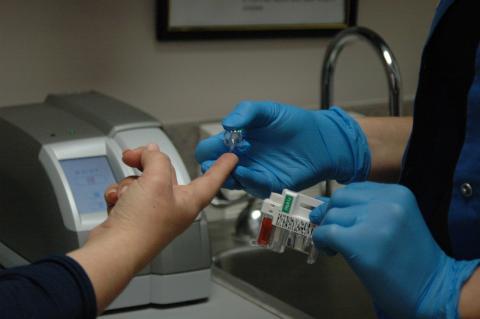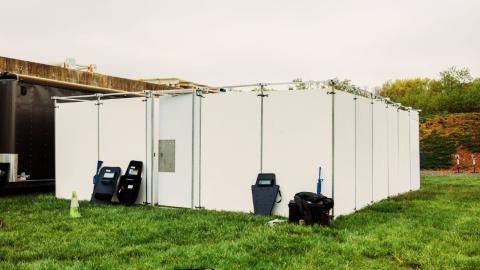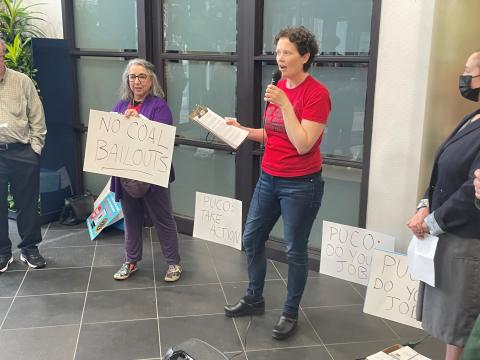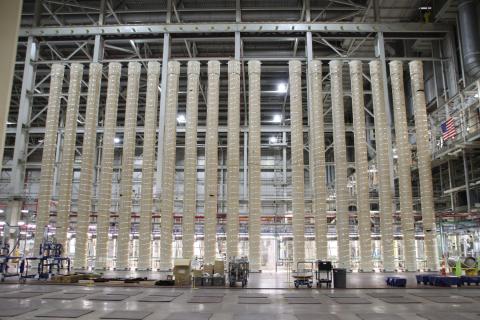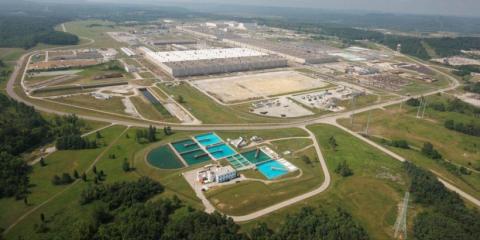These Ohio groups are working to prevent extremist violence
Jamie Small works for the University of Dayton's Human Rights Center as part of a project funded in 2022 by the Department of Homeland Security called PREVENTS Ohio. It works with individuals and community groups to convene conversations on difficult issues.




